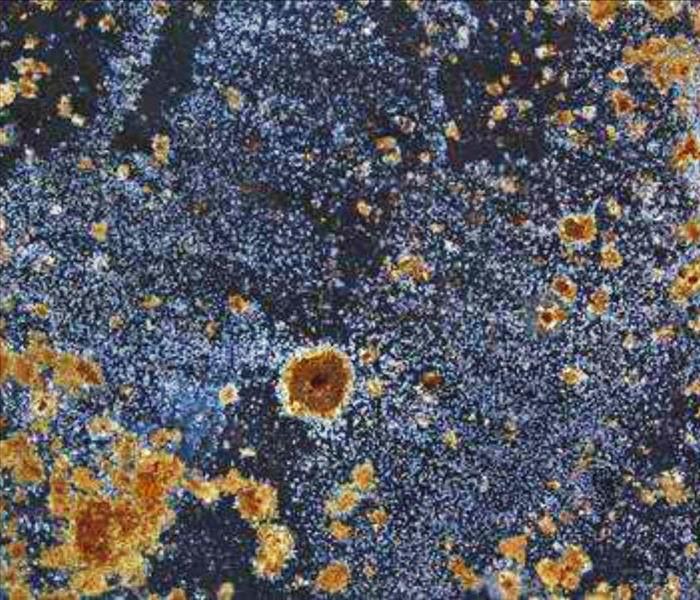

While the dark grit may cause trees to drop their leaves earlier, scientists haven't discovered any negative long-term effects. The honeydew causes further annoyance by then promoting the growth of "sooty mold," a type of fungi that looks like, well, sooty mold. The clear goop then falls on sidewalks, cars and anything below them. While the bugs don't bite or sting, they still cause a nuisance by producing a sweet, sticky honeydew as they feed on the sap of sugarberry and hackberry trees. Just like stink bugs, these pests usually appear in fall, with sightings reported in the Southeast, southern Midwest, Texas and California, according to HGTV. Although they don’t cause harm to humans, they are a nuisance to homeowners due to the sticky sap they produce. These white fluffy bugs are called Asian woolly hackberry aphids and typically appear in the Upper South region of the United States and in much of Asia. If this document didn’t answer your questions, please contact HGIC at or 1-88.If you have noticed white fuzz on the trees and leaves in your yard lately, it’s not snow or cotton - this white coating is actually insects. Spray susceptible winter annuals to prevent white mold or to slow its spread. Thiophanate-methyl, sold as Thiomyl, is the only conventional fungicide available to home gardeners that helps manage white mold. Put diseased plant parts in the garbage, not into compost piles, where the fungus could still form sclerotia. Fallen diseased leaves also should be gathered and removed, as sclerotia can form on any diseased plant part. Remove diseased plants before sclerotia form. In the photo, notice the rose-colored petal of stock stuck in the middle of the stem lesion.ĭiseased flower stalks should be cut off as soon as white mold is found so the fungus doesn’t spread to the rest of the plant. The spores germinate and grow on senescing leaves or dying petals, which provide a high-energy “snack” for the fungus before it spreads to the rest of the plant. Spores float up into the air and land on stock, delphinium, or calendula petals that have dropped and landed on leaves. Once the mushrooms push out of the ground, they release hundreds of airborne spores. About a month later, tiny mushrooms grow out of sclerotia buried within 4 inches of the soil surface. Note also the small white balls on the leaves that are the start of new sclerotia.įreezing temperatures break sclerotial dormancy, i.e., “wake-up” the fungus, like cold treatment breaks seed dormancy. Note how the fungus started on the fallen petal stuck in the middle of the lesion. Long, tan, water-soaked lesion on the stem of stock.

Small white clumps of mold are the beginnings of new sclerotia that turn gray and then black when they are mature. White mold grows on the diseased tissues. On diseased annuals with tall flower stalks, a straw-colored or water-soaked lesion runs up and down the stalk and spreads onto the attached blossoms or leaves.

The fungus survives long term in the soil as sclerotia, which are dried masses of mold covered with a black rind. White mold is the common name for the disease and the fungal pathogen, Sclerotinia sclerotiorum. Perennials that haven’t frozen back, like chrysanthemum, may also have symptoms. The fungus can be found on winter annuals like stock ( Matthiola incana), snapdragon, diascia, delphinium, and calendula. In mild, rainy winters like 2019-2020, however, white mold is already active. Gardeners may think of white mold mainly as a disease on snap bean, cabbage, and other spring vegetables. Tan lesion, necrotic flowers, and collapsed leaves on a snapdragon flower stalk affected with white mold.Īnthony P.


 0 kommentar(er)
0 kommentar(er)
